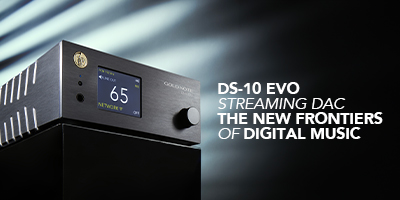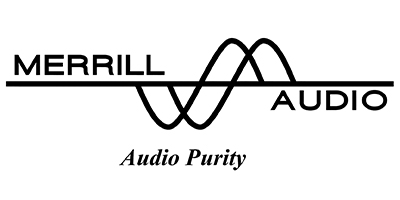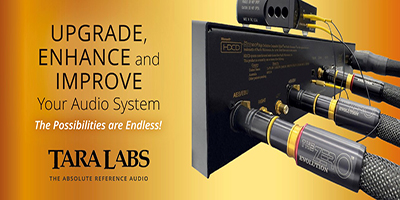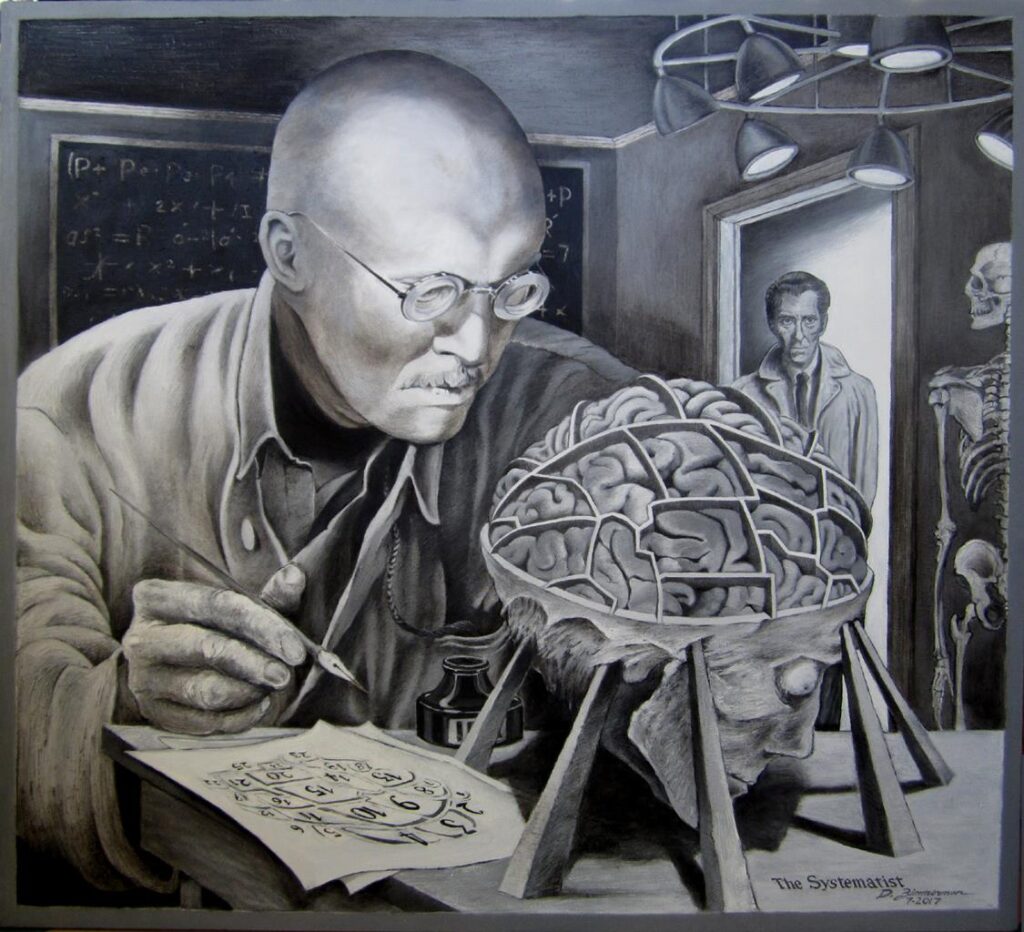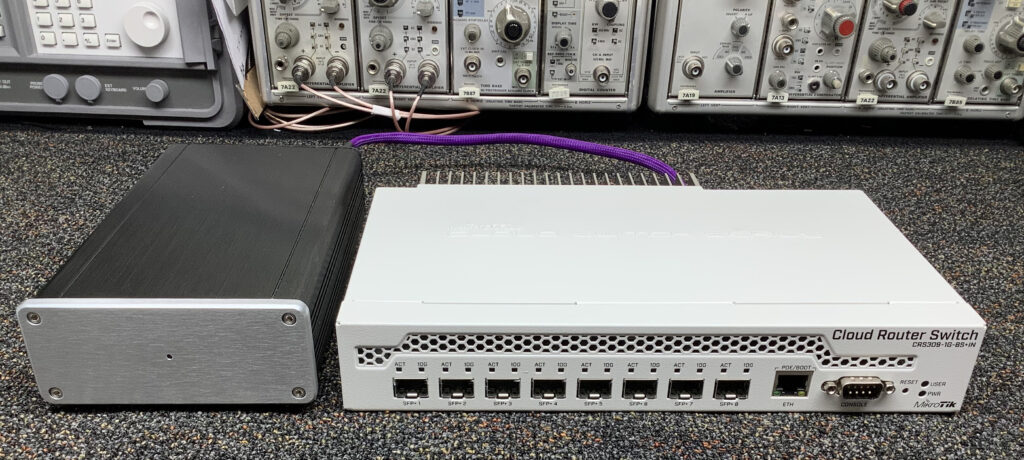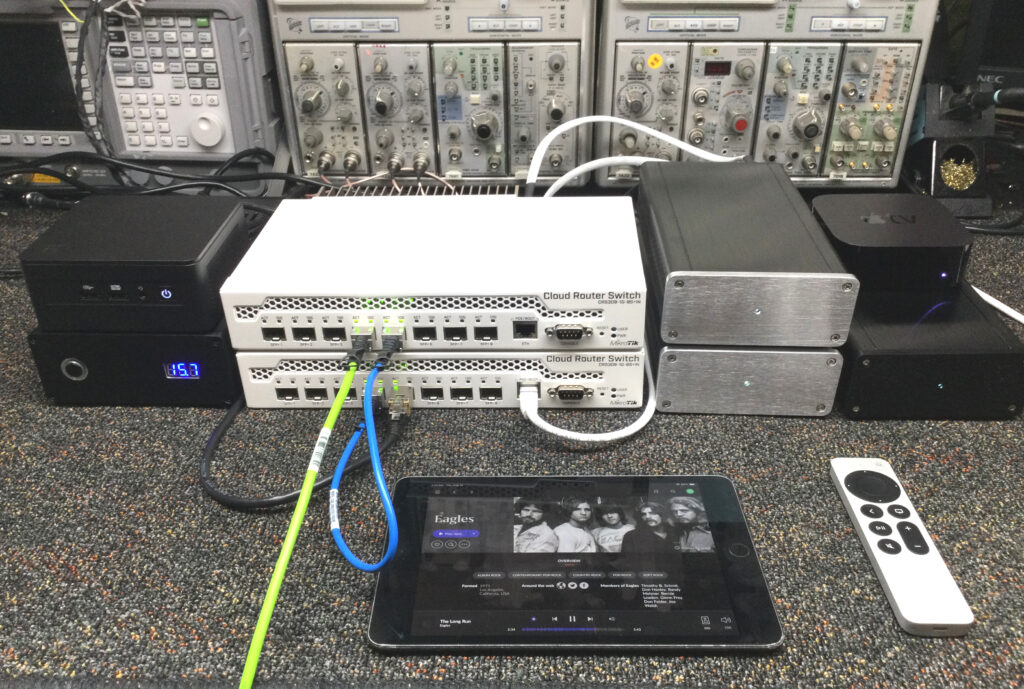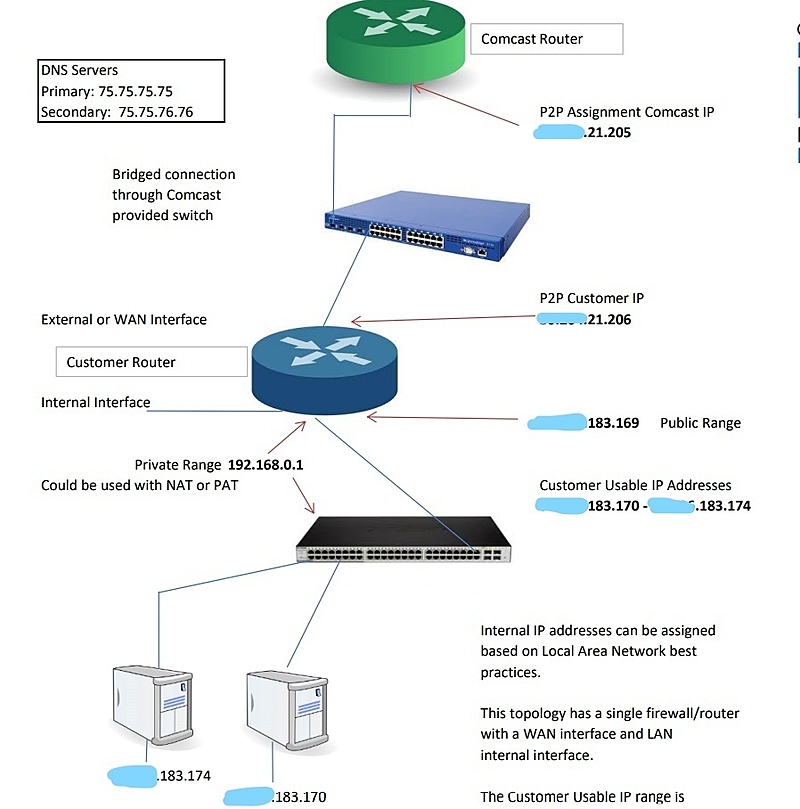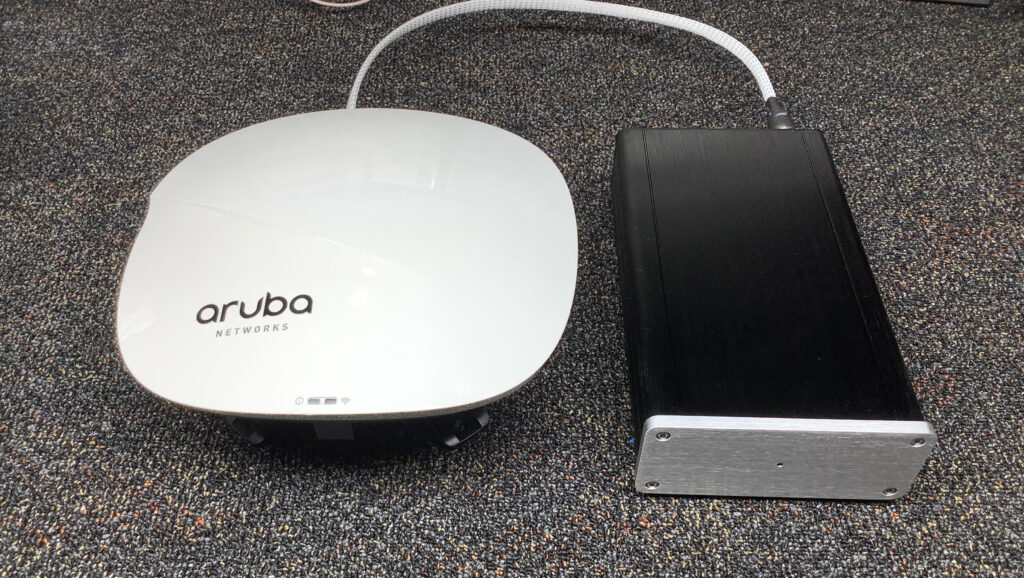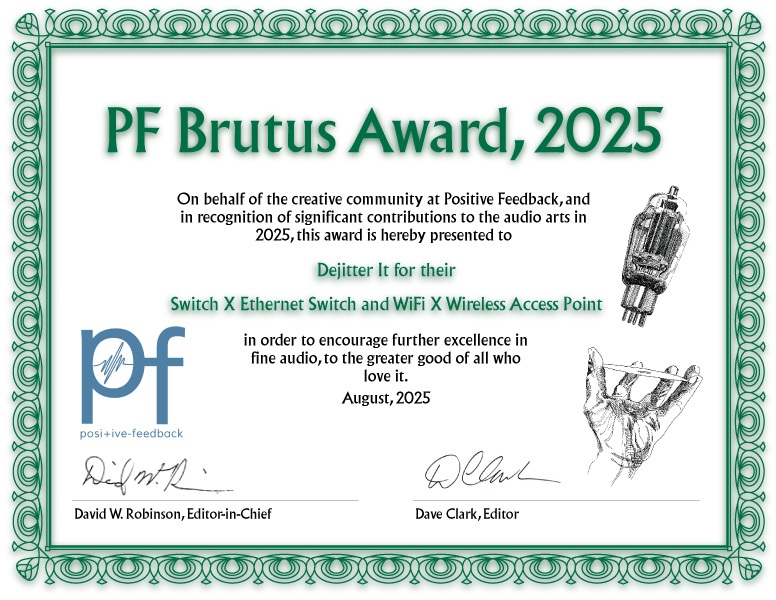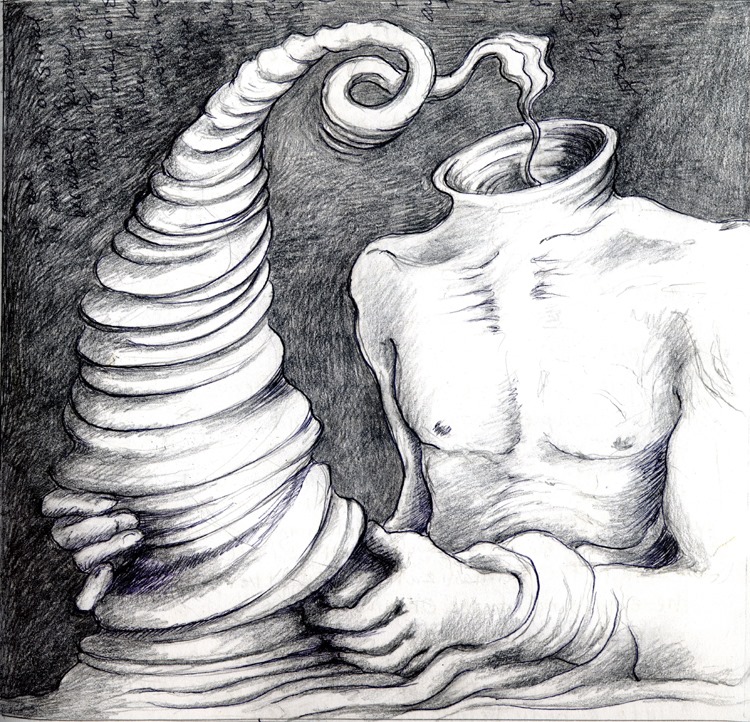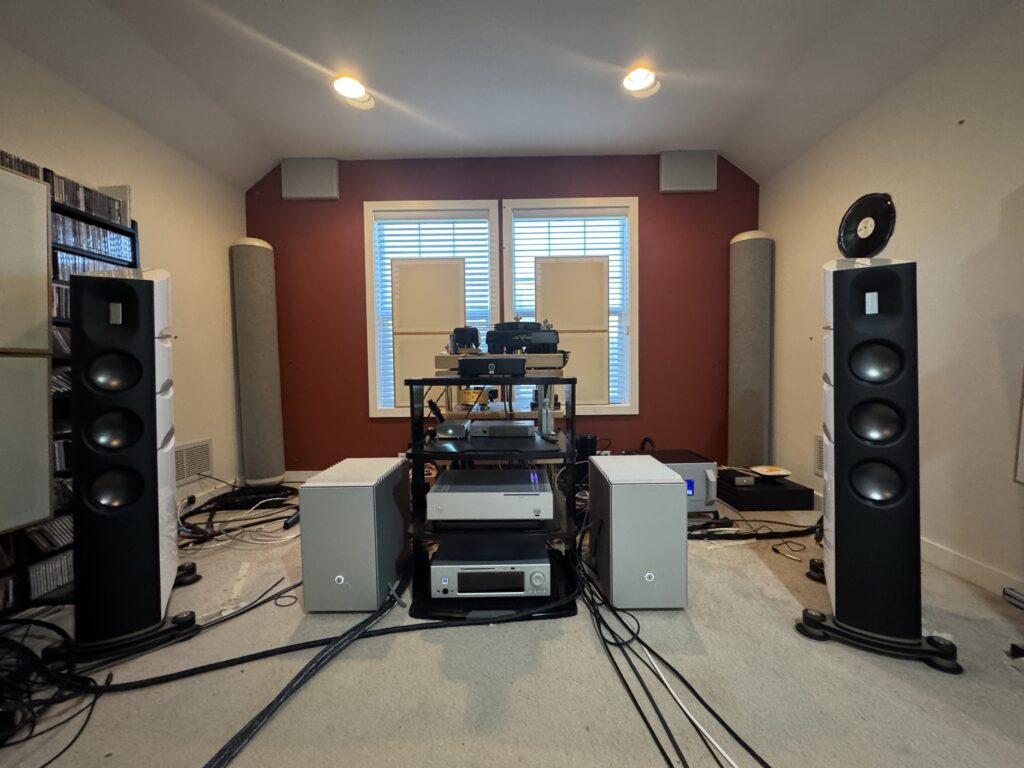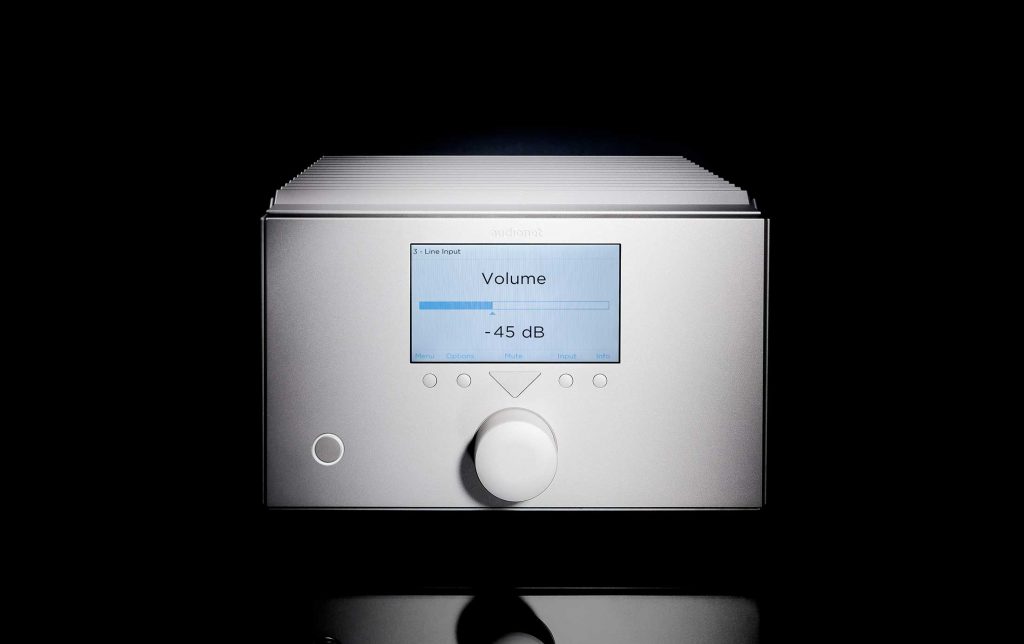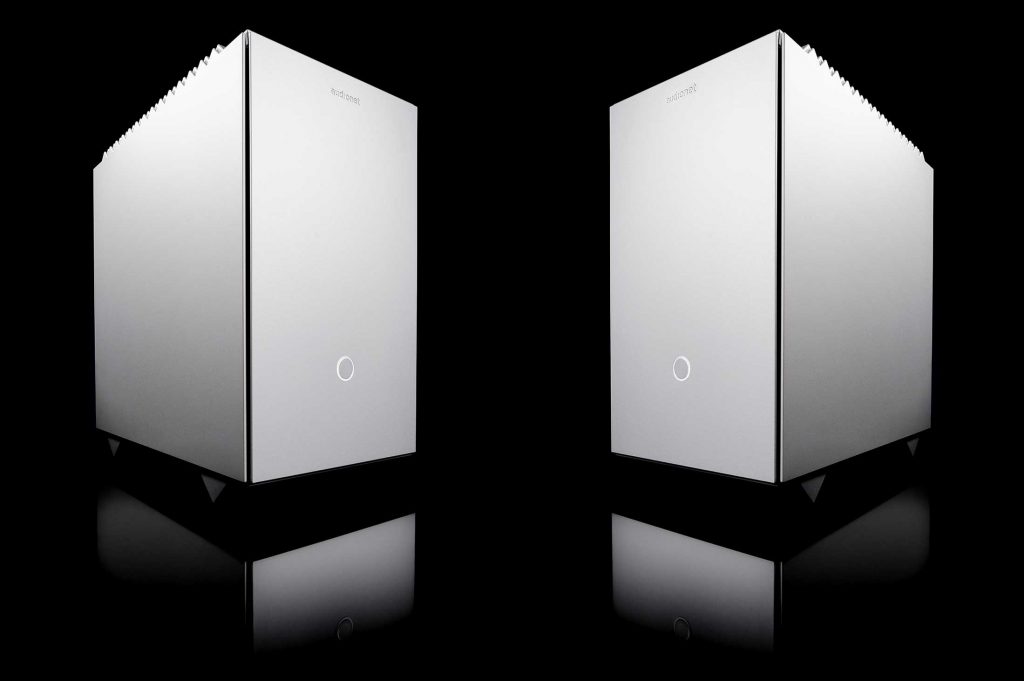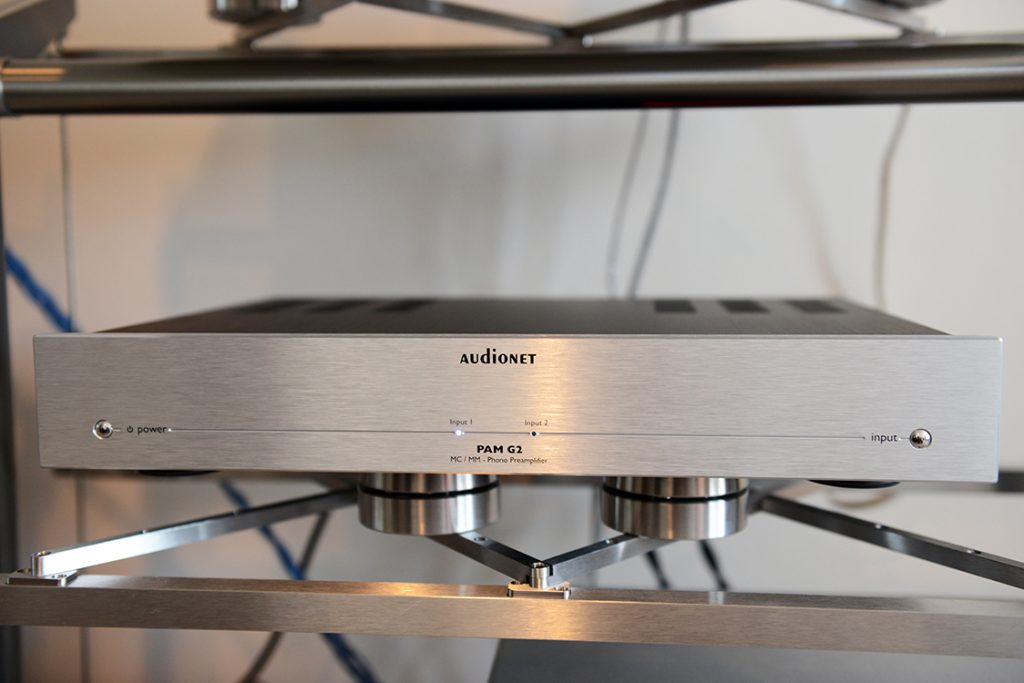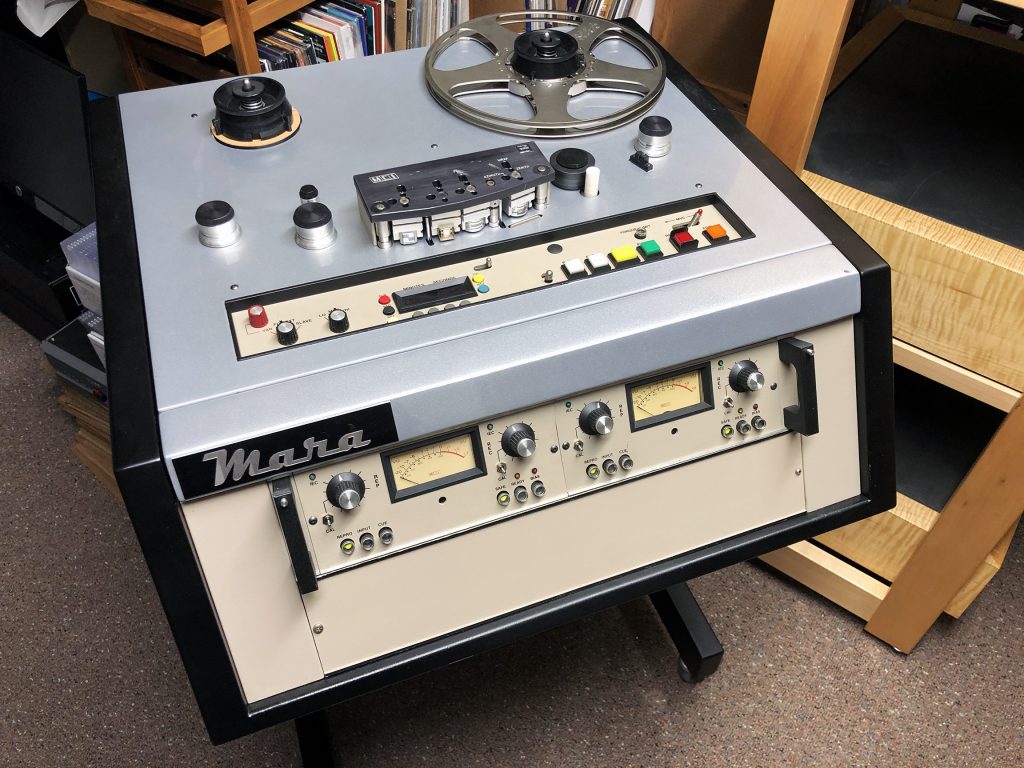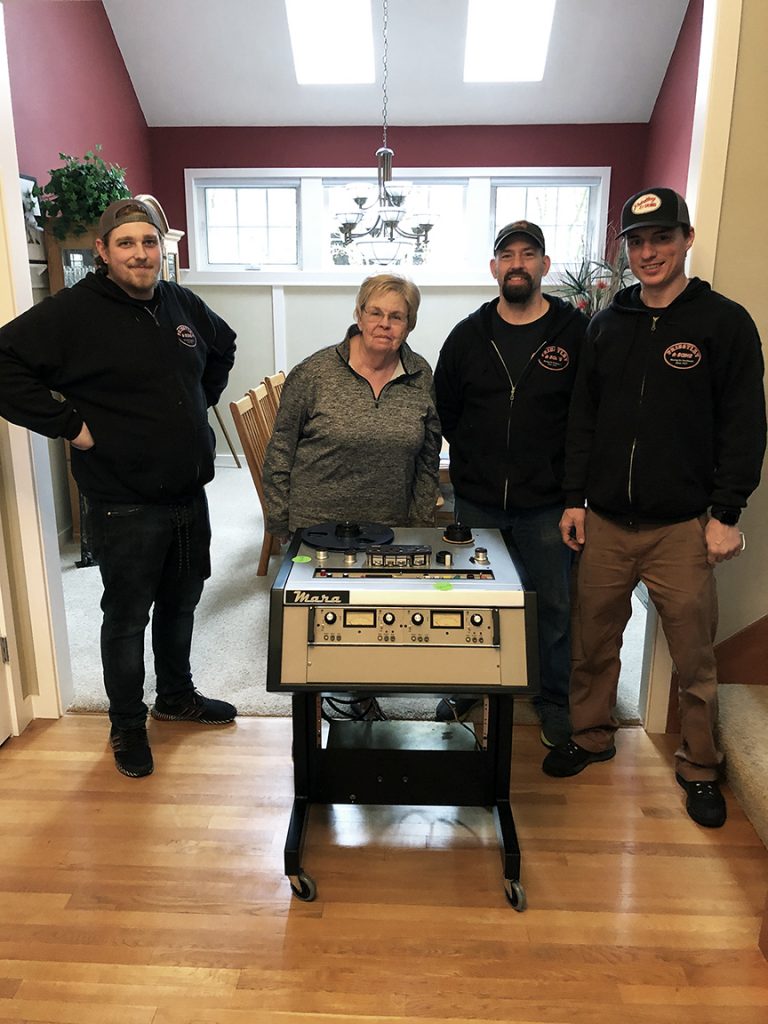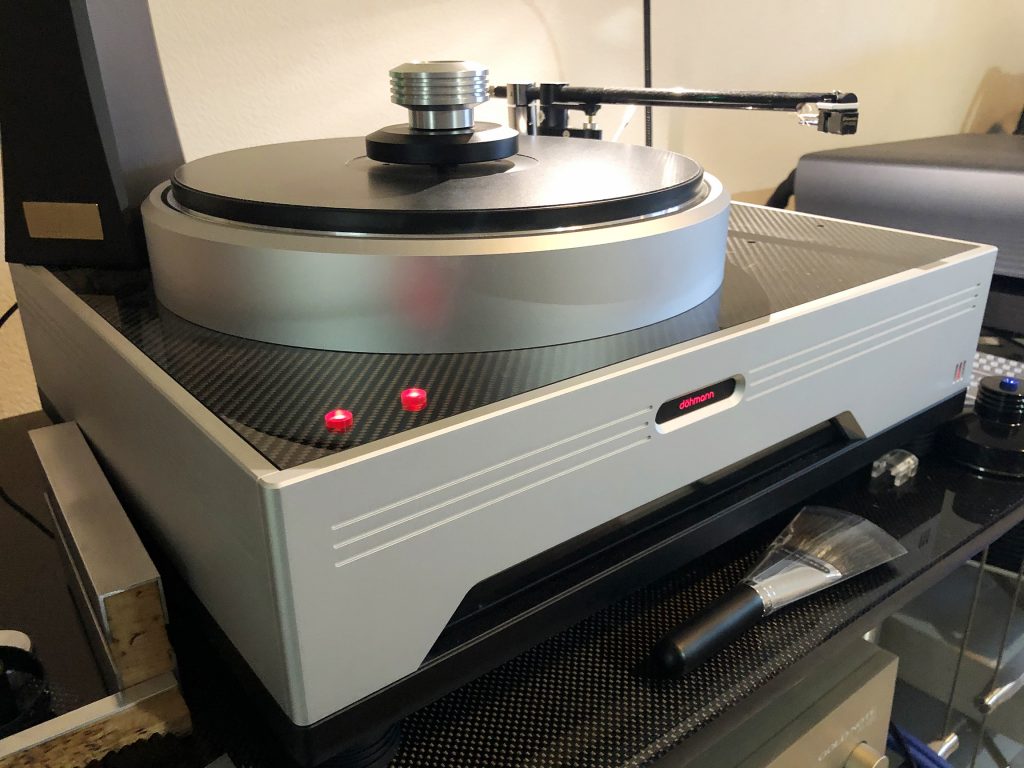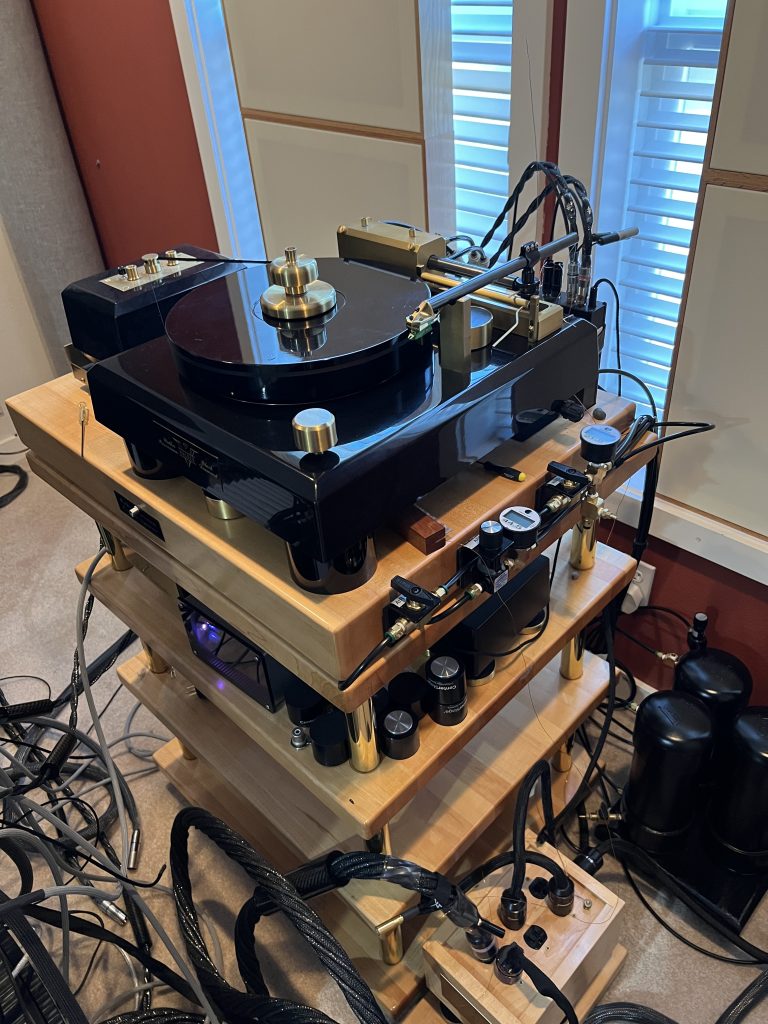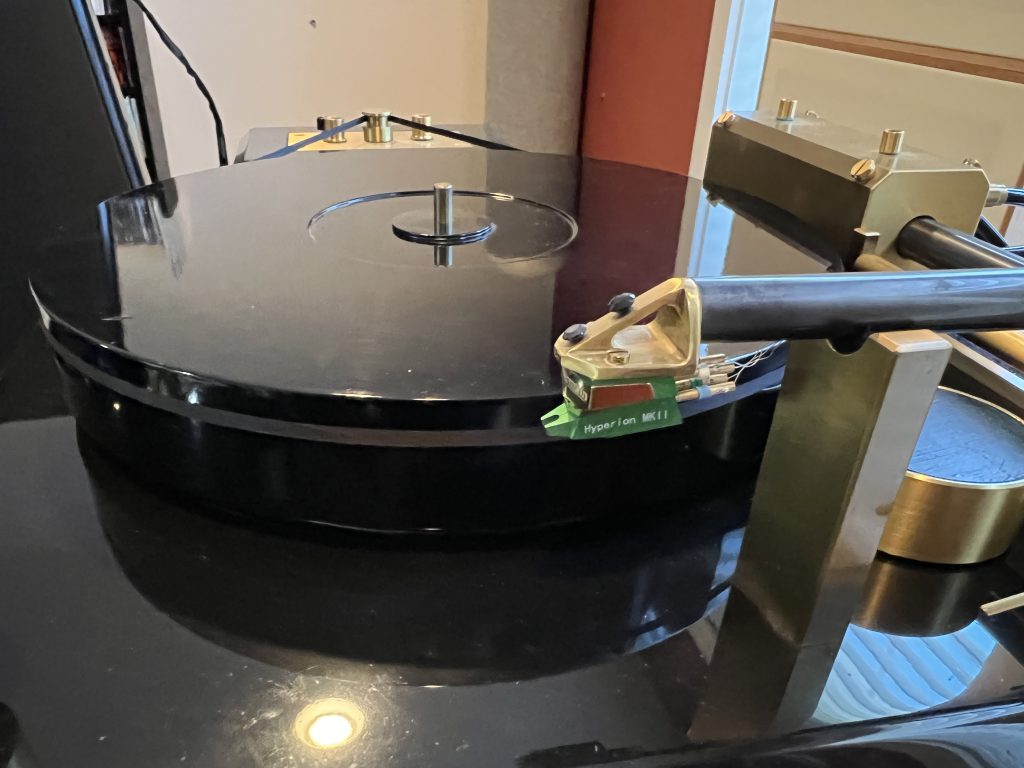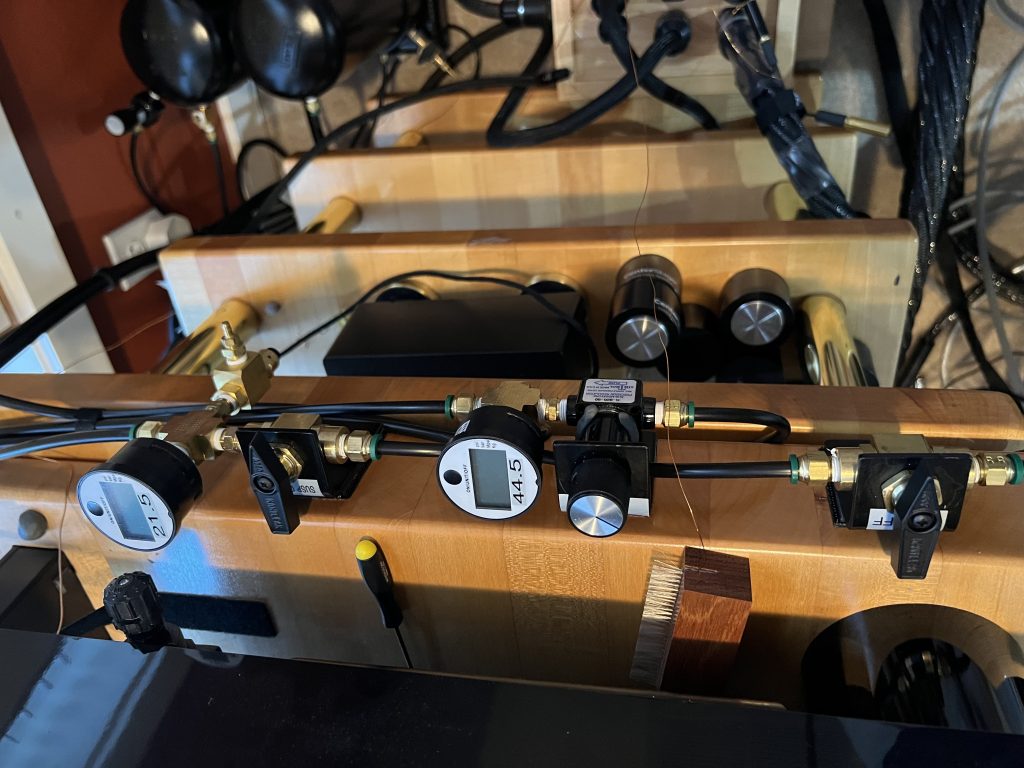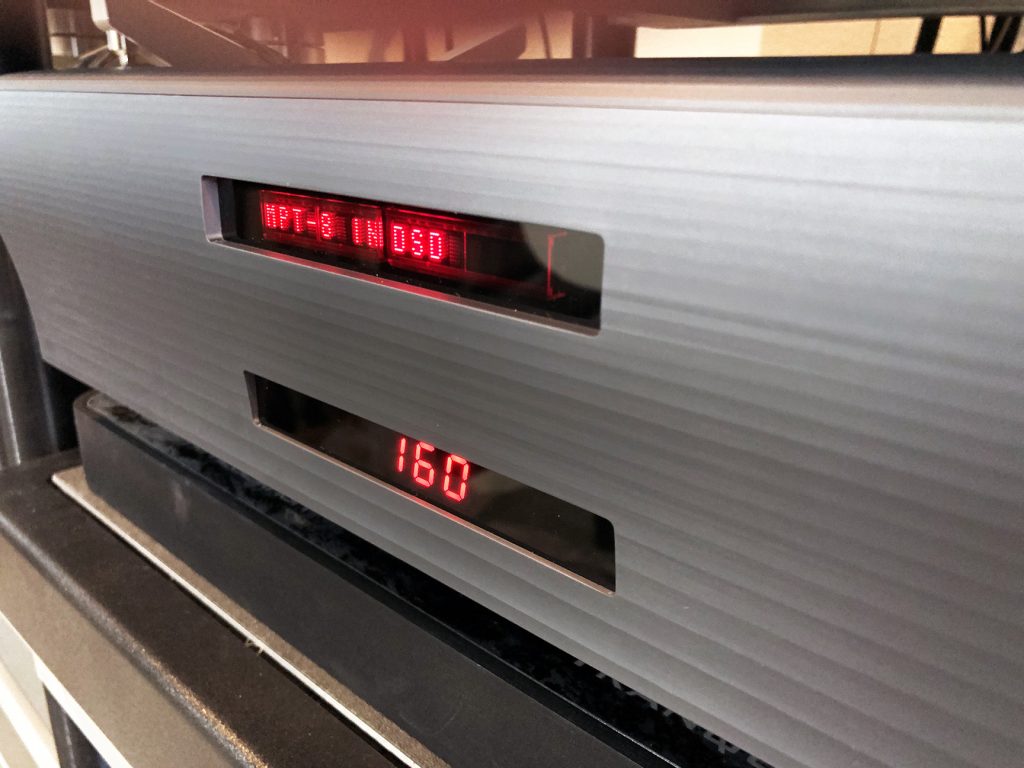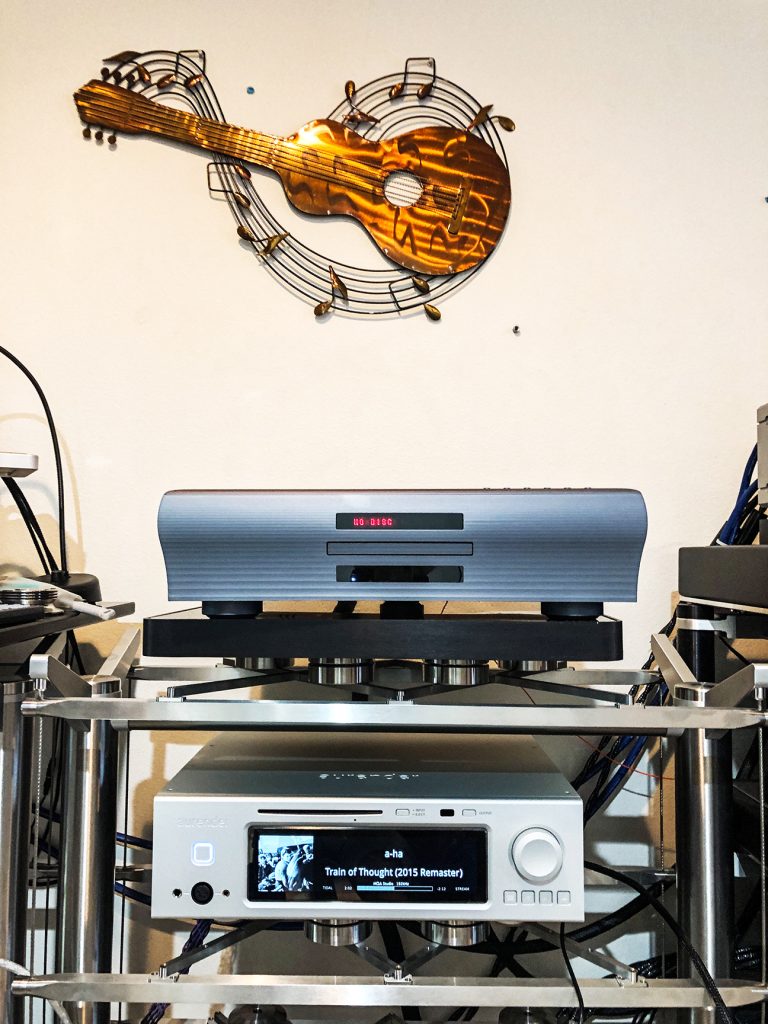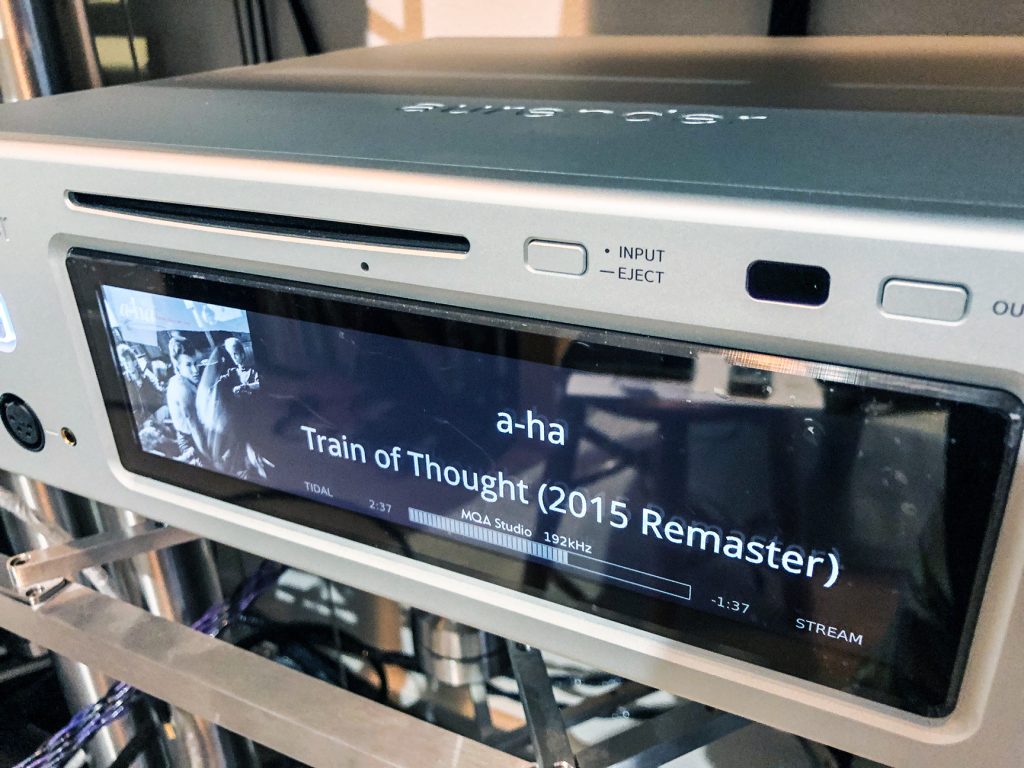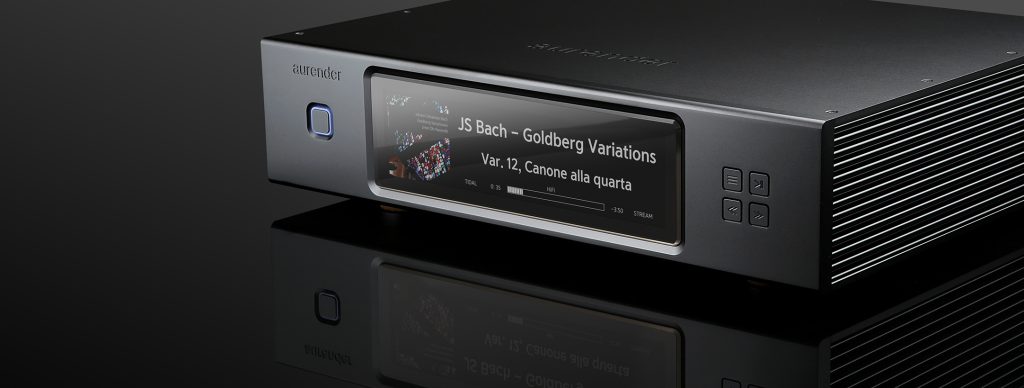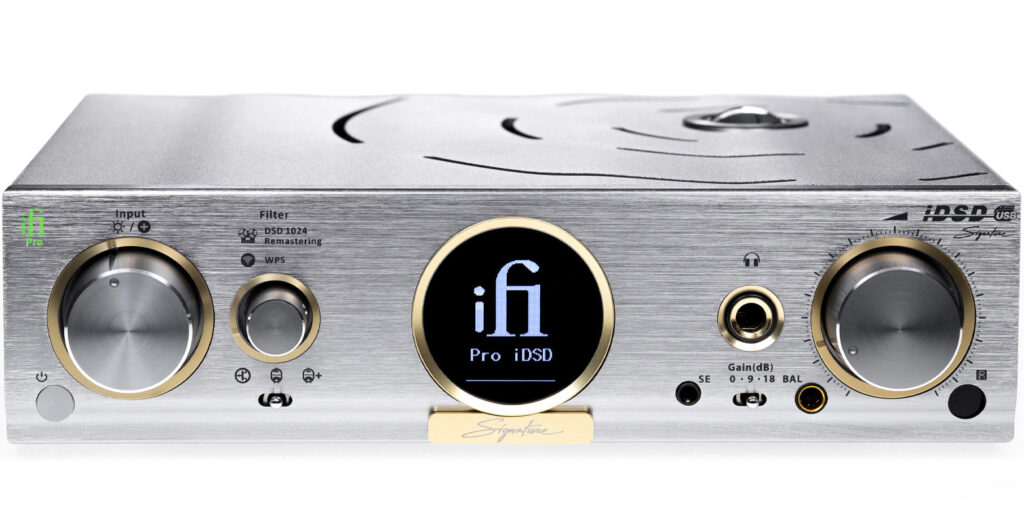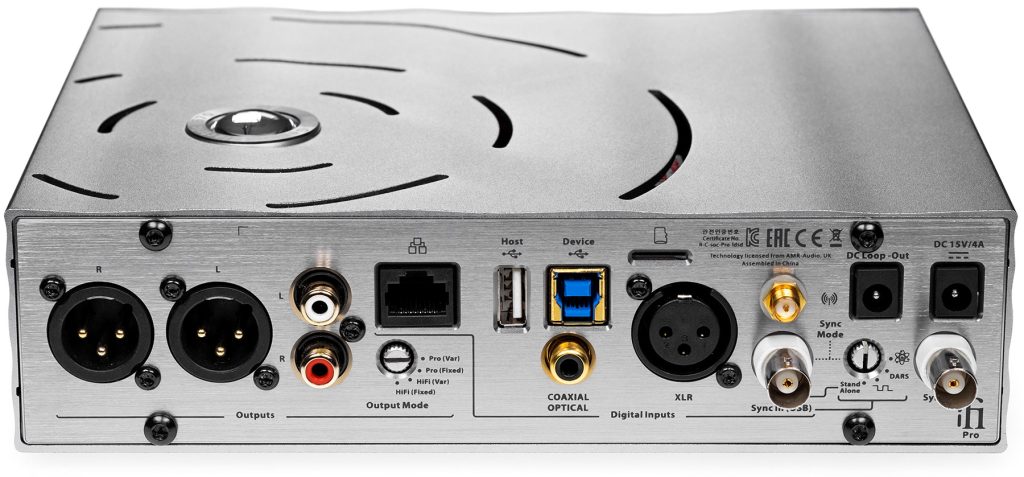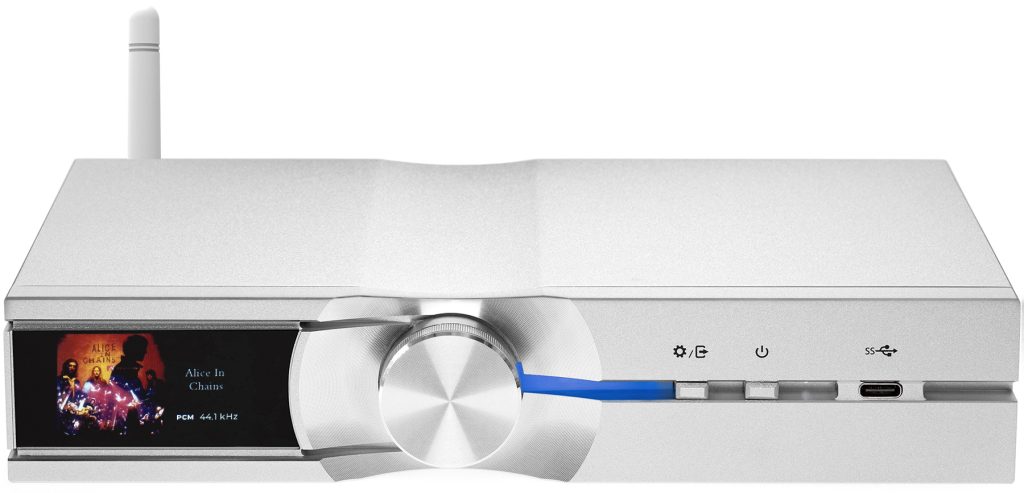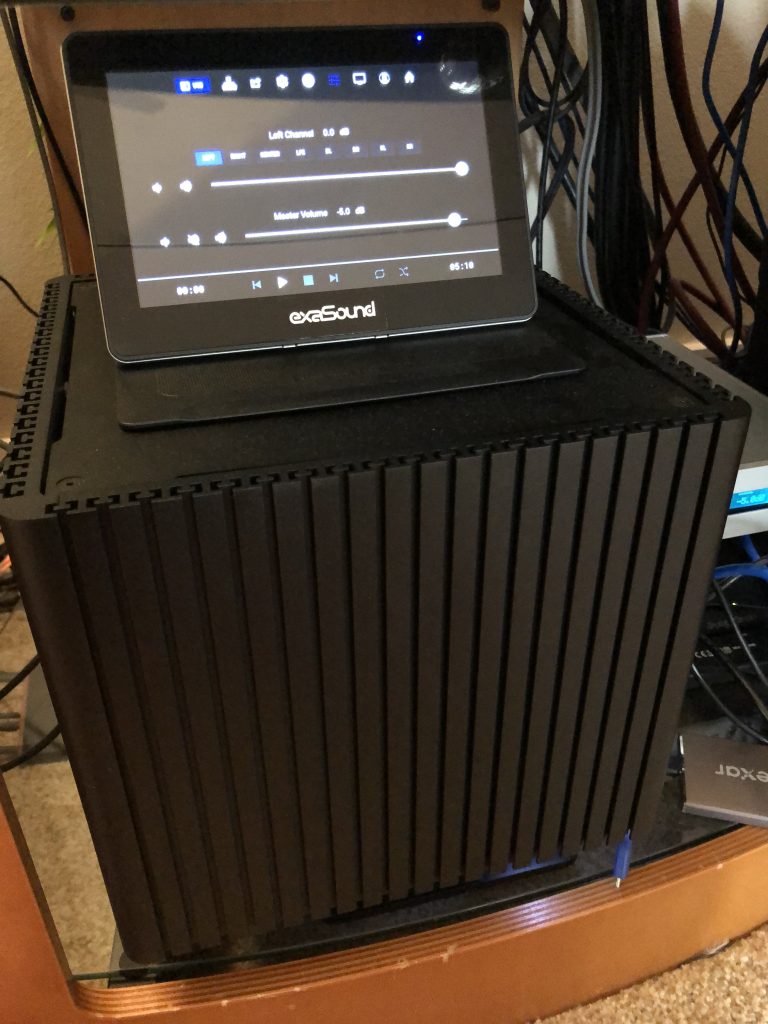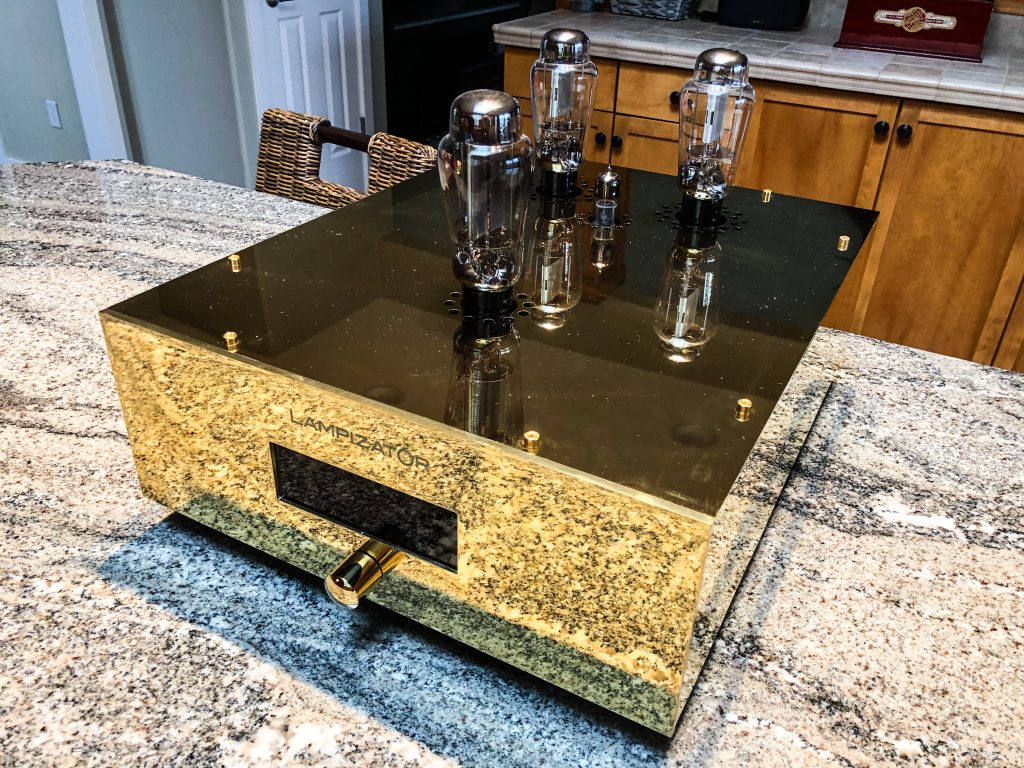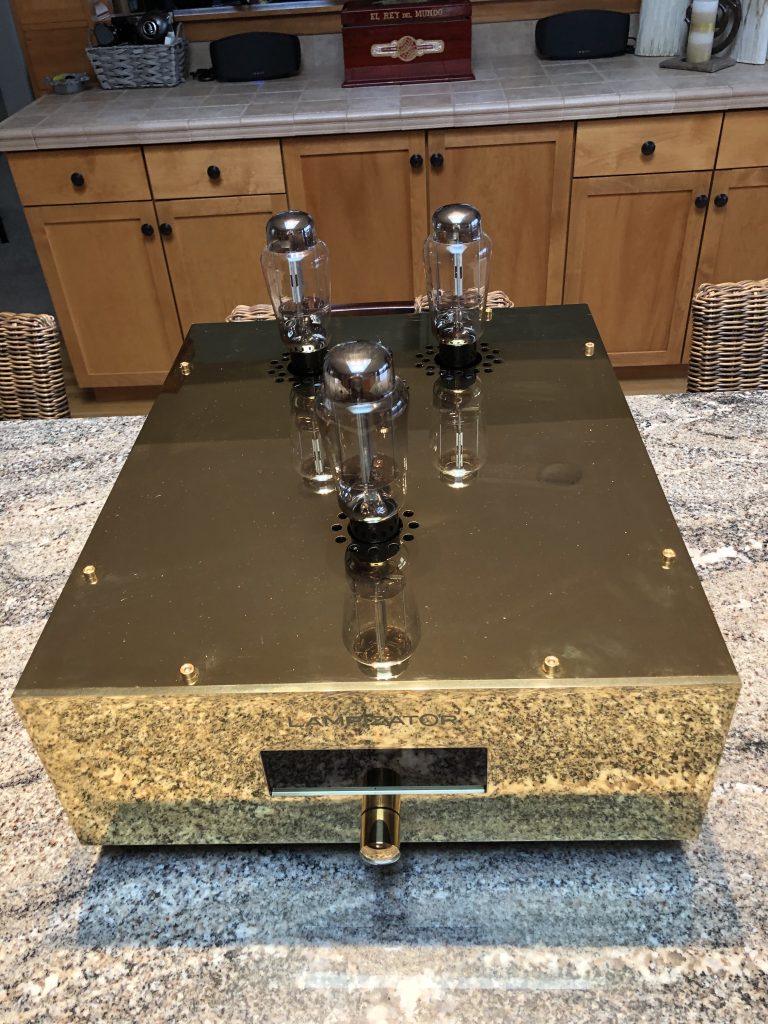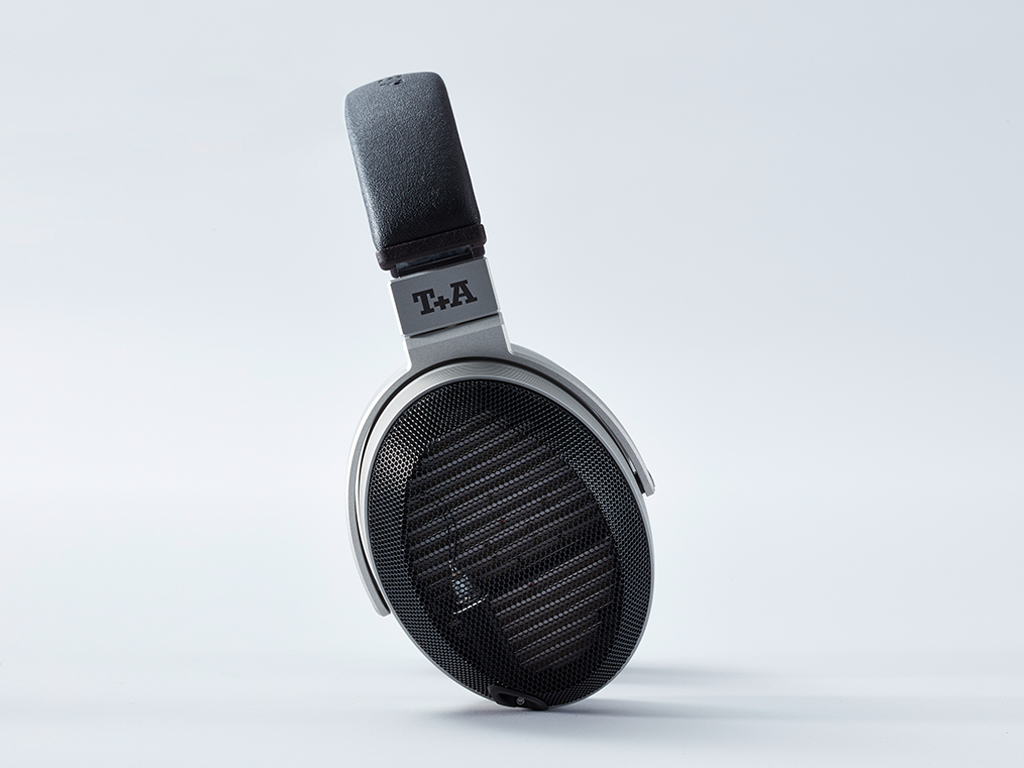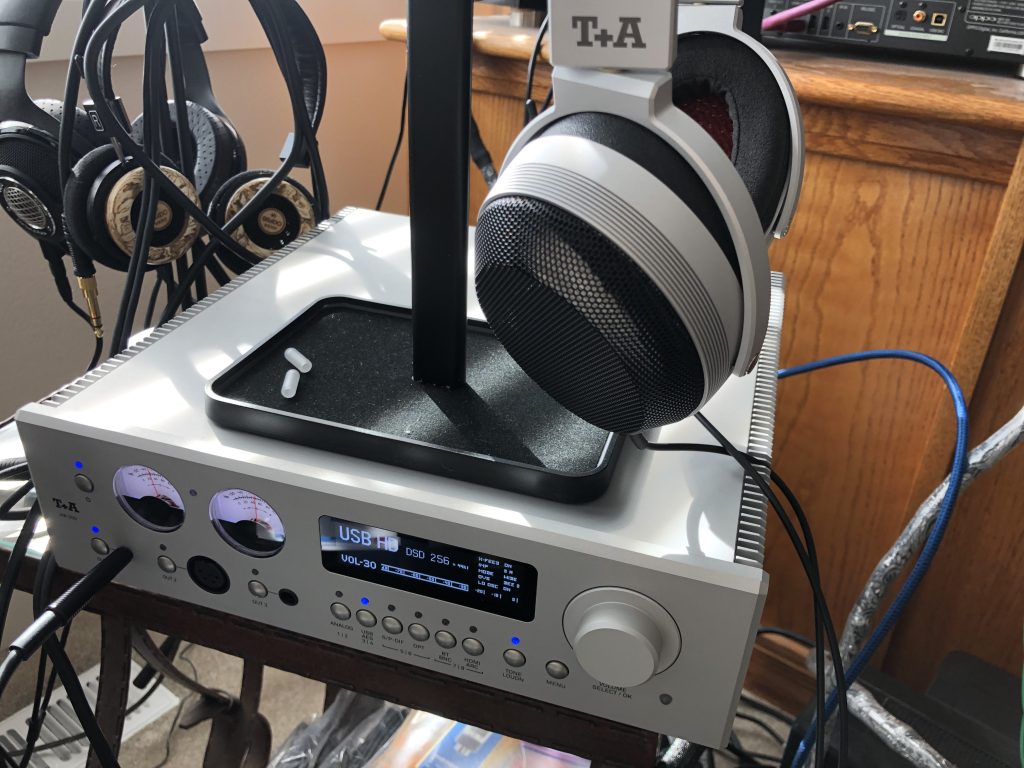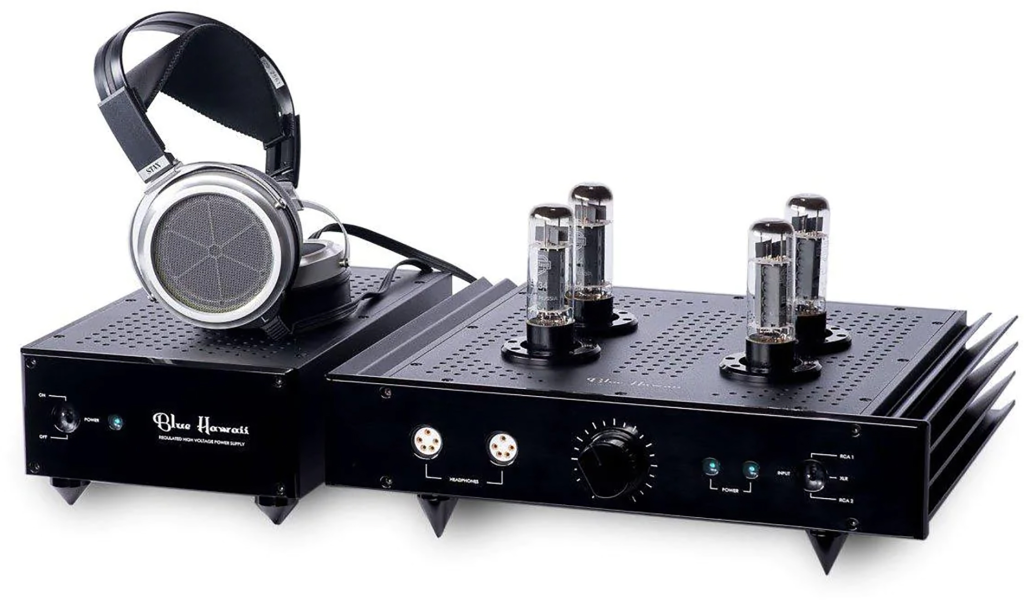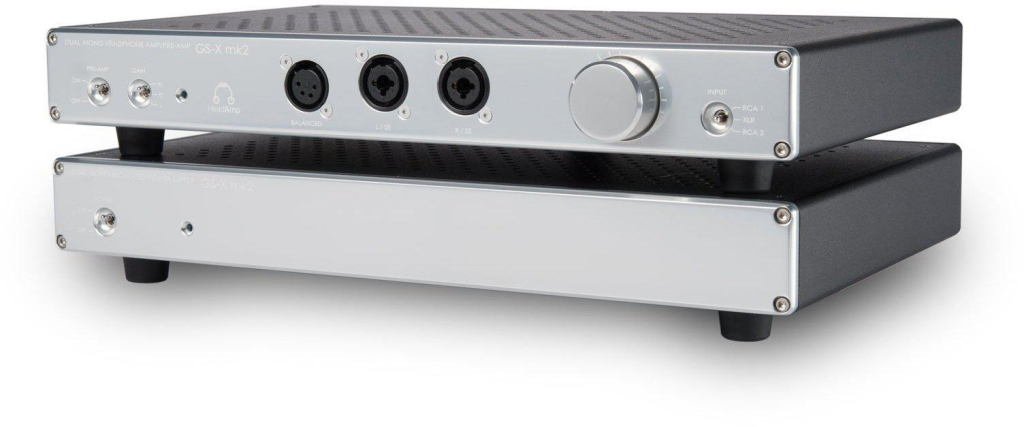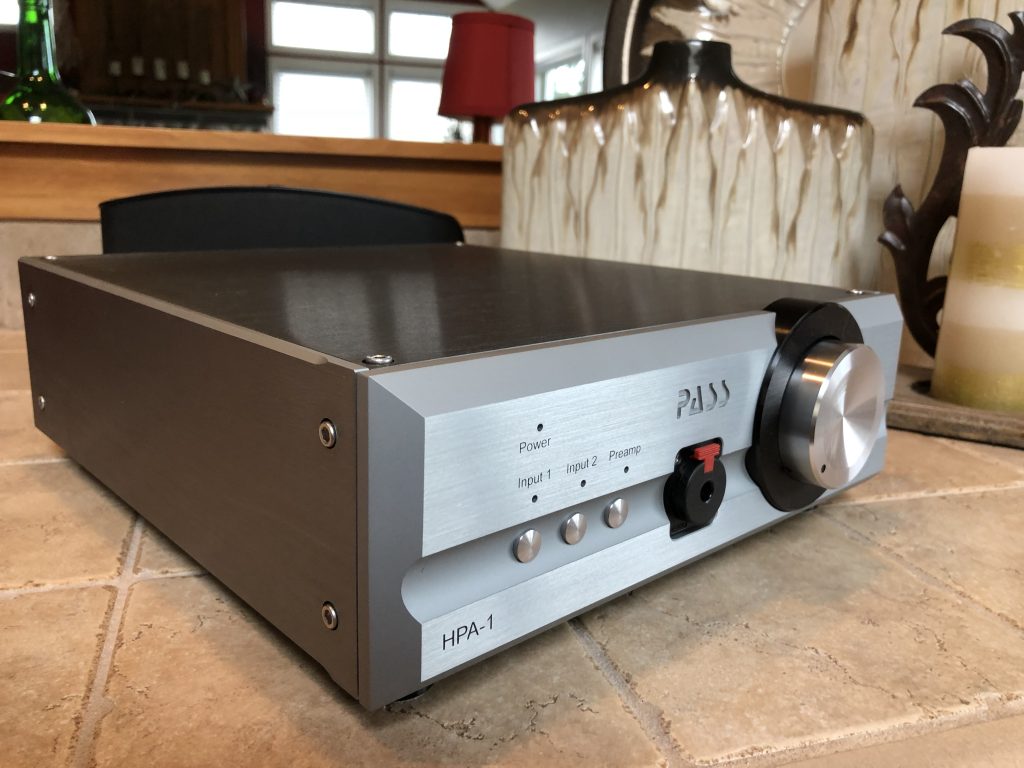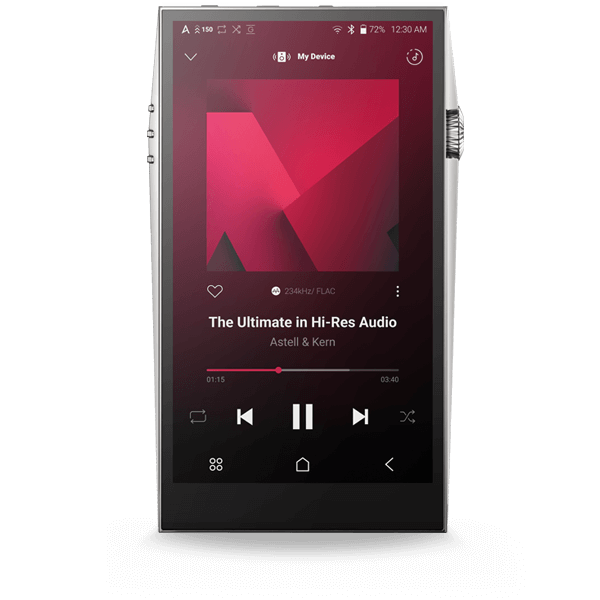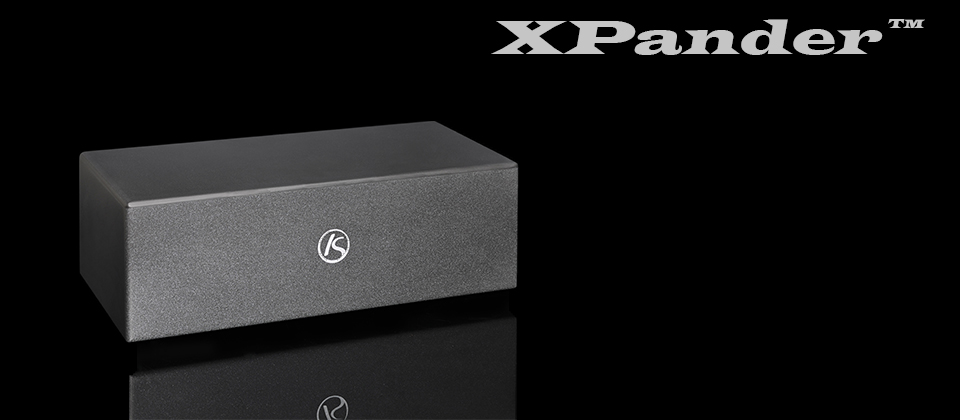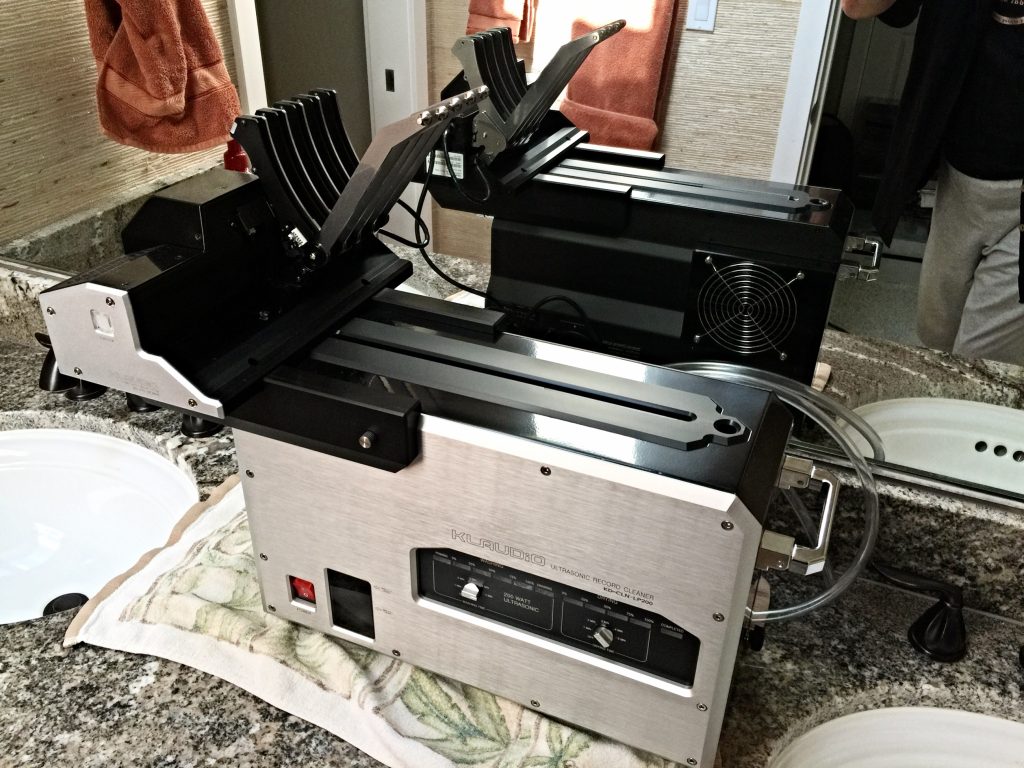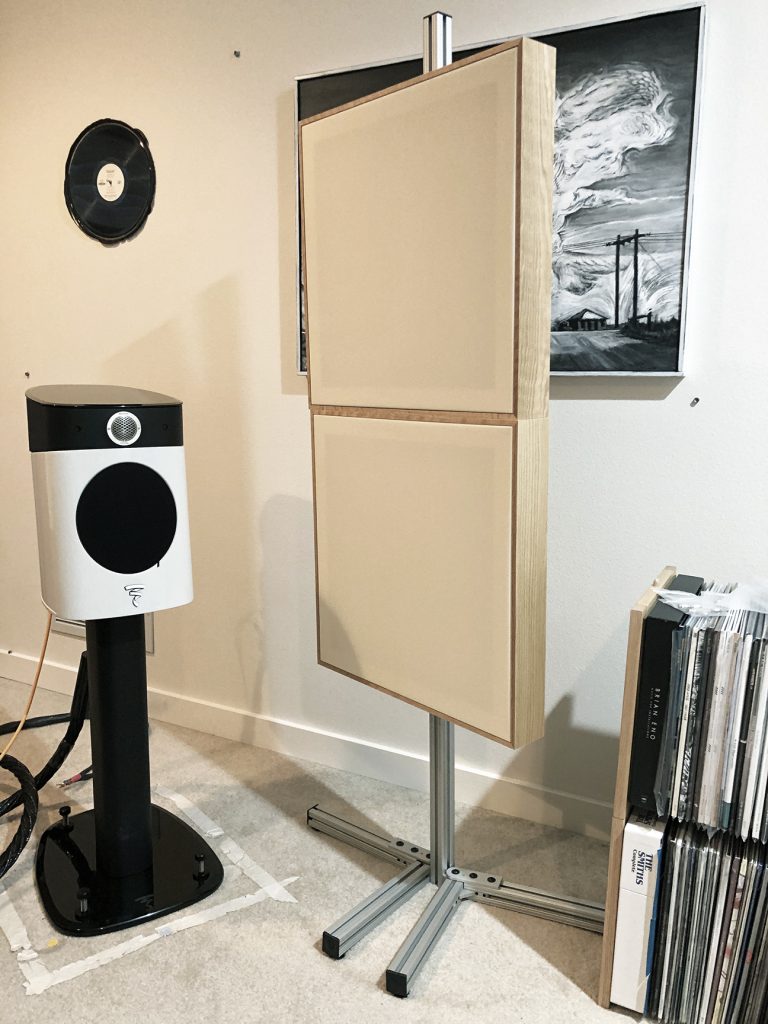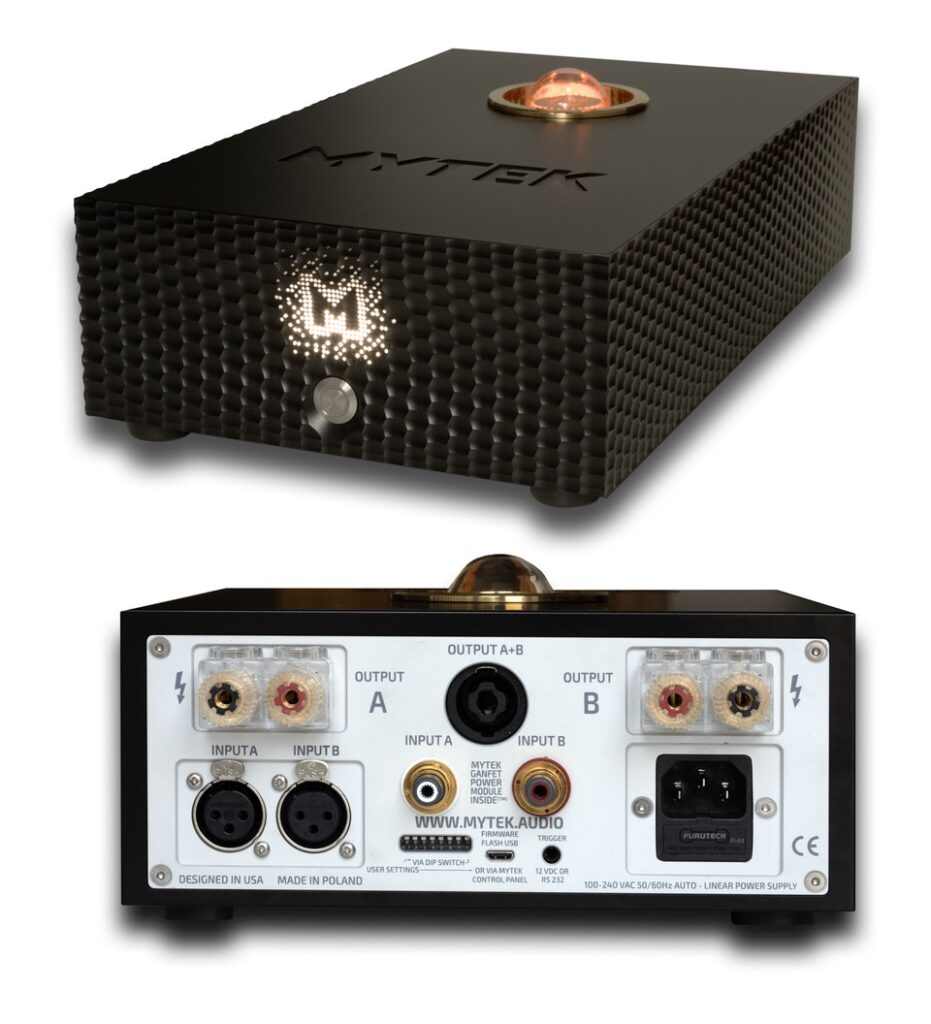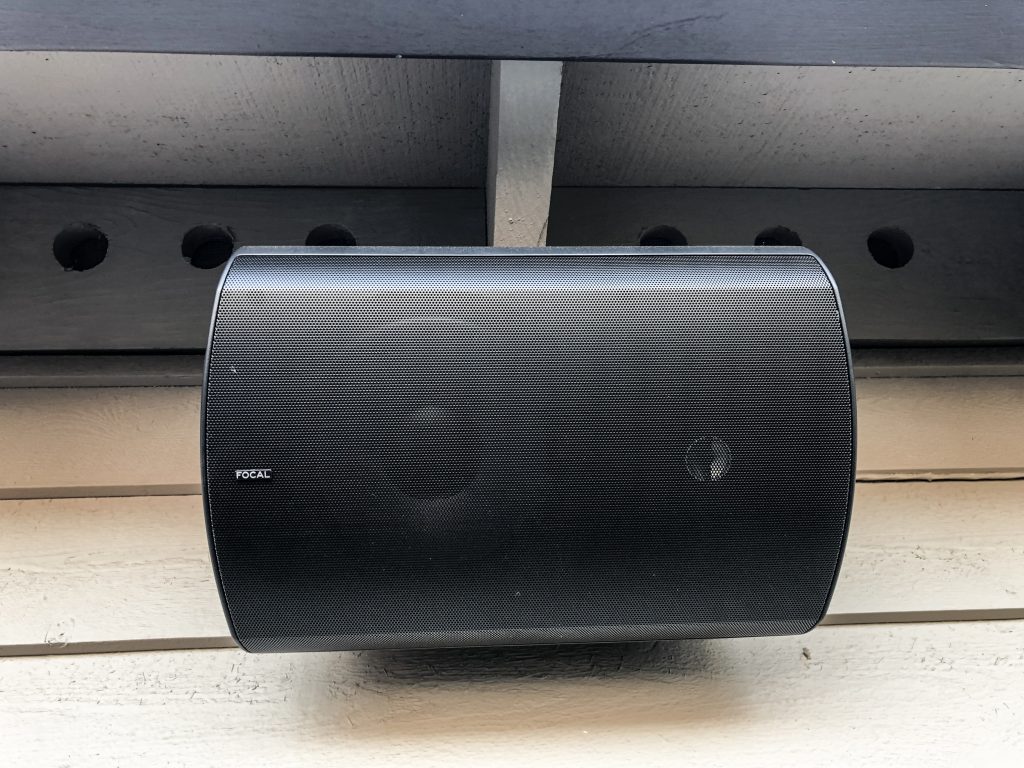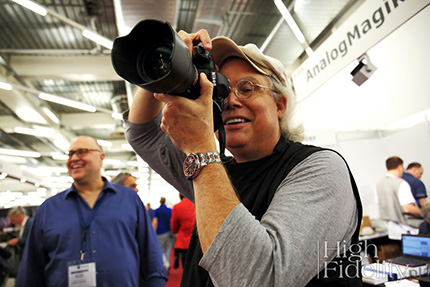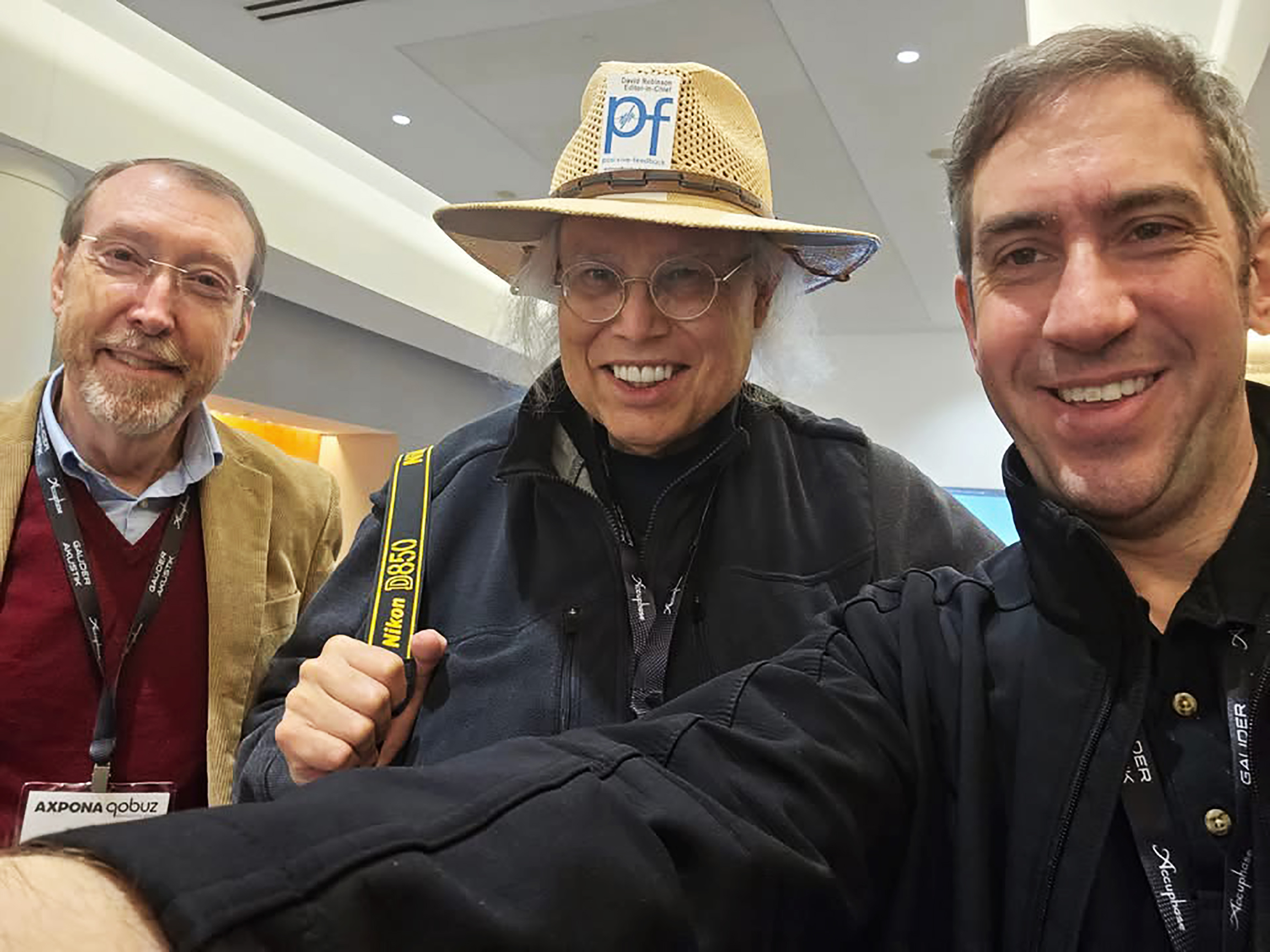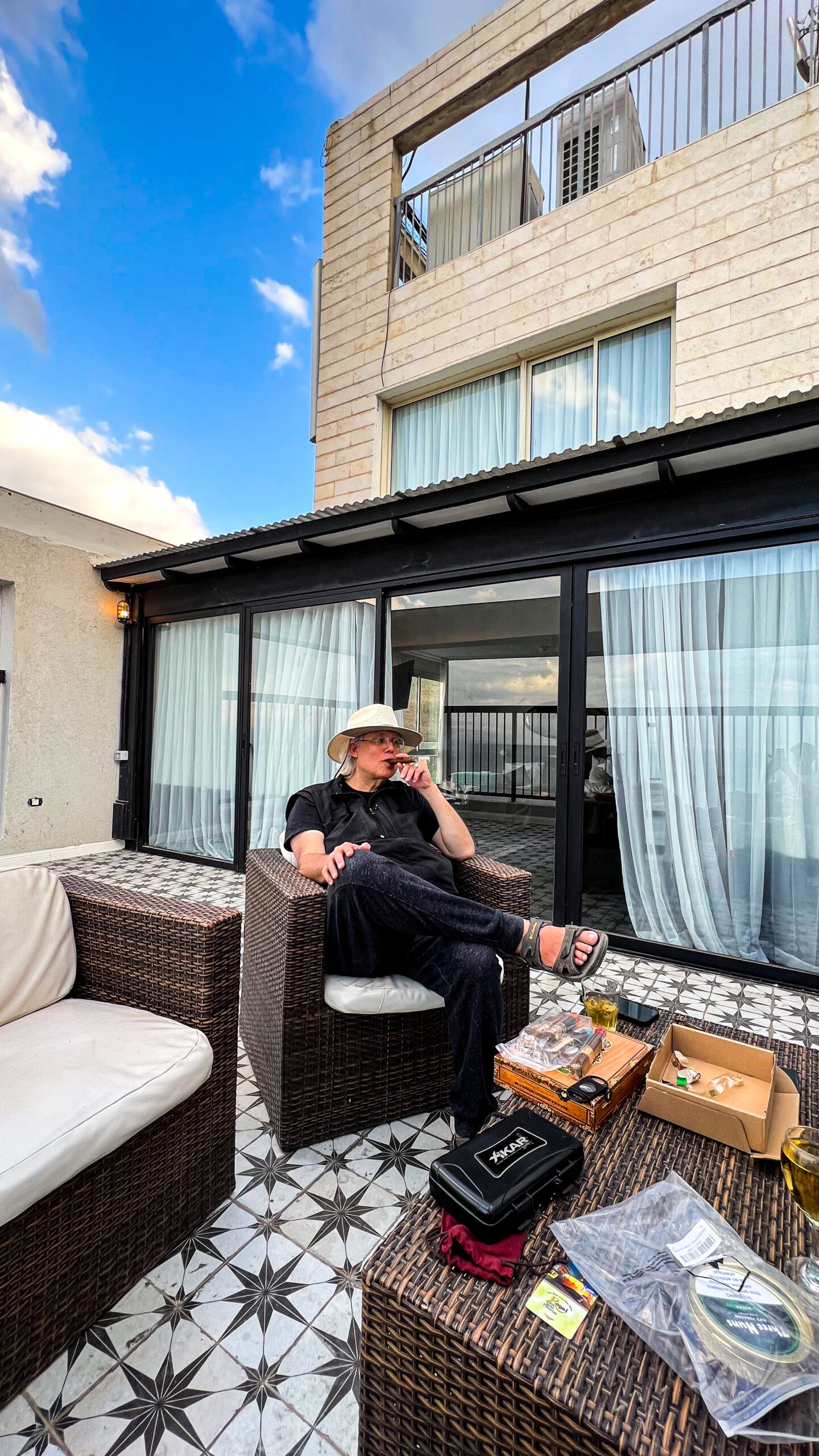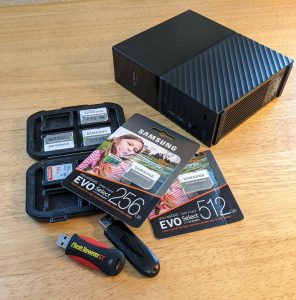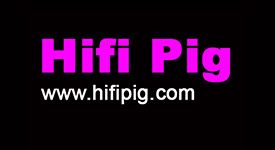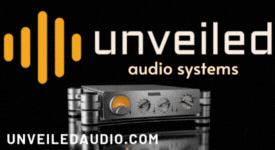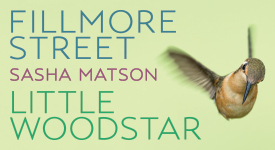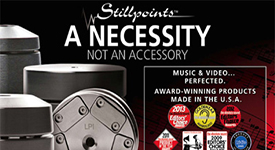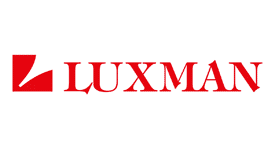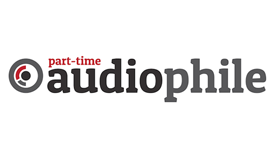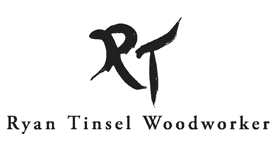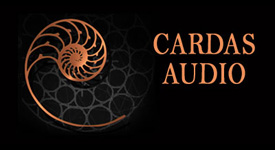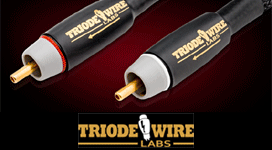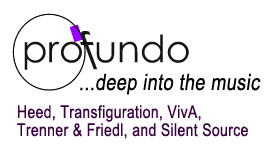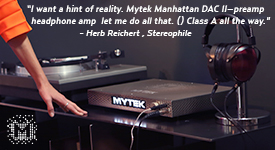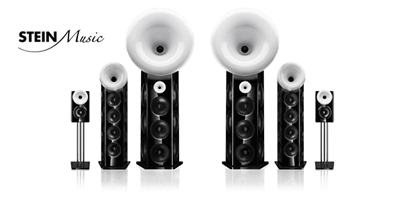David W. Robinson in Jerusalem, Israel, 2022: a portrait. (Photograph by John Robinson; image processing by Ye Olde Editor.)
Incoming! Another sui generis design is here. Time to be knocked out...again.
The Systematist, 2017. Drawing by Dan Zimmerman.
There is no doubt, I think. Leaving aside the main body of human beings on planet earth, much (and maybe more than much) of the audiophile world has migrated to streaming audio. Ditto video.
A while back I commented enthusiastically on what I consider to be the critical upgrade for 4K video streaming: the Dejitter It TVX complete re-working of the Apple 4K video streamer (HERE). There's no doubt in my mind whatsoever: Chris Stephens' TVX all by itself revolutionizes 4K video streaming and takes your video feed to an optical playback source level. Having a library of 4K video discs, I can tell you that I'd hate to bet my life on spotting the difference between the two. If you have a good video streaming source…and I have an Xfinity 2 gigabit feed here, assuring a strong 1 gigabit bandwidth to the TVX…then it's just a question of the optical vs. streaming surround feed and your surround system in your video room.
I thought that the TVX was the mountain peak. It was Chris's master reworking of the Apple 4K video box by completely redoing the interior circuitry and parts, and integrating a very fine, heavy-duty linear power supply, after all.
Couldn't be beat…right?
Adding the Switch X
The Dejitter It Switch X; the linear power supply is on the left, while the Switch X is on the right. The impressive array of test gear looms in the rear. (Photograph courtesy of Dejitter It)
But then I added Chris's Dejitter It Switch X optimized Ethernet switch to the mix in our video/surround room.
And ka-BOOM!
Night. Day.
Massive improvements. Impossible to miss.
But how could this be?
Positive Feedback's Dean Waters did a fantastic job of exploring the technical profile of the Switch X in his article on this product (HERE). You can (and should) read it before you proceed with the rest of my brief reactions. For the record, Dean and I are both close friends, and both of us have been in Information Technology for many years now. (In my case, since 1984; I had to study Unix to get onto the Internet at the time.) Dean came into it a bit later, but has been very deeply involved in sophisticated IT for several decades now. (For that matter, so has Positive Feedback's Greg Weaver, who ran IT operations at Notre Dame, for example.) We discussed the Switch X over fine cigars and drinks on several occasions, and shared our agreement as to the improvements and the foundations of same in the Switch X's design and execution.
The Deanmeister at his place with some of our approved libations for cigars and hot-tubbing…you just gotta' love this guy!
So there's no need for me to go over the technical reasons why the quality and nature of an Ethernet switch in a Local Area Network (LAN) makes such a startling difference in things audio.
It's simple, really; follow this summary.
Almost all households linked to the Internet distribute this connection within the household from its router (with 2-4 Ethernet ports, and firewall/security capabilities) via at least one Ethernet switch. This allows hard-wired Ethernet feeds via Ethernet cables. These cables are rated for their bandwith/distance/shielding characteristics (HERE). Each Category (CAT) has its own features.
Wireless piggybacks on this hard-wired connection, unless it is built into the router itself. (My latest gen Xfinity 2-gigabit router has a built-in ultra-high-speed wireless system. Very nice, that.)
Assuming an initial switch just downstream from the router, the quality of that switch makes a world of difference to the quality of the audio feed that one can obtain through it. Ditto the Ethernet cables, which is why I use Furutech CAT8 cabling. Best quality; highest speed; though a somewhat shorter distance due to signal attenuation at higher rates of transmission. All else being equal, you want something like the Furutech Ethernet cables to assure best performance in your LAN.
But the switch is the sine qua non of your Ethernet LAN, and the conditioning point from your Internet Service Provider (ISP) to your household network. All local audio/video sources rely on the highest quality Ethernet switch(es) to provide the best quality to you.
Two Elements of Quality with Dejitter It
There are two aspects to the excellence of the Switch X/WiFi X.
The first is the structural.
Chris Stephens has not simply hauled any old Ethernet switch or wireless access point (WAP), tweaked it a bit, or simply slapped an external power supply on it. That's easy enough, and more than a few designers/companies have tried it.
Instead, Chris—who has assembled a rather amazing array of top-notch testing gear—has done a brilliant job of digging deeply into the quality of switches and WiFi access points. He was seeking the lowest jitter that was possible as a starting point for further improvements that he might be able to make in internal wiring and components. He would be able to connect that to an external linear power supply that he had laid hands on. The combination would produce Ethernet transmission magic.
He discusses how he did this at his Dejitter It site. I strongly encourage you to educate yourself:
Switch X: https://dejitterit.com/SwitchX/SwitchX.htm
WiFi X: https://dejitterit.com/SwitchX/WiFiX.htm
What you'll see is that Chris Stephens did some very deep diving into both switching and WiFi implementations, seeking to eliminate jitter in every way possible, to the limits of his testing gear (which is of extraordinary quality).
The results are hardware components that are unique, far beyond the usual "good-enough" specifications of almost all that is out there.
Here are two of my videos illustrating what Chris has accomplished. The first is of the typical "chatter" of one of our Cisco Managed switch. (All other things being equal, a good managed switch like the Cisco is better than the typical unmanaged switch...the only exception that I've found for that general are the Audio Group Denmark unmanaged switches. This is due to some remarkable improvements that AGD has achieved in their designs in other areas. But that's a story for another day.)
Typical Cisco Managed Switch "chatter":
Here's what the same transmission looks like on the Dejitter It Switch X:
The noticeable improvement in "chatter" is really incredible to me, as is obvious by a quick comparison of these two videos.
The other piece of the puzzle: the topological
Most audiophiles can appreciate the effect that superior, meticulous engineering can bring to a high-end system. And Dejitter It has certainly done that in these products at the very highest level.
But the other element is of great significance, as well. And that is the way that is Chris Stephen's Switch X/WiFi X handle LAN network traffic itself. As longtime IT administrators, both Dean and I were struck by the fact that what Chris did was to separate the LAN traffic outside of the Switch X and WiFi X from the LAN inside. The idea is to wall the one off from the other.
In the world of Ethernet systems, this known as a Virtual LAN (VLAN). With standard data flows (e.g., documents, spreadsheets, database files, images), virtualizing (segmenting) one portion of a LAN Ethernet address range from another increases security, can improve performance, and allows systems administrators to control the configuration of a LAN by managing access and who can see what.
Chris has done this in a very clever way, and uses nomenclature that is easier for a non-technical person to understand.
He designates the Ethernet port facing the outside network as the Dirty LAN. That's where all of the other traffic on your network is chattering among all of the other devices. These days, that can include everything from your router feed to security systems to computers, servers, video cams, thermostats, refrigerators (yes, really), dishwashers (ditto), Ring doorbells, WiFi wireless access points, TVs, cable boxes, audio devices of various sorts, each with their own Ethernet ports...the list can become a very long one in modern households.
The result is that the home LAN, which used to be pretty simple, can now be highly complex, with literally dozens of devices creating a constant "noise" of accesses, functions, and communications. (We definitely have more than just a few dozen here at PF Central. Five dozen? Six dozen? More?) Ports galore!
Even with exceptional hardware, if an Ethernet switch being used for the highest level of fine audio performance is not protecting its audiophile sources, then the results are predictable. Noise levels and data performance will not be what they could be.
But, if you use the VLAN framework, and segment that noisy outside world from the audiophile devices behind the VLAN wall, all of a sudden the Ethernet noise drops by a megaton or so.
This segment behind the VLAN wall Chris calls the Clean LAN.
In practice, the Clean LAN operates on its own private (not public) network range. This assures no external traffic. The TCP/IP standard established the following IP address ranges as private networks, and does not route them over the Internet:
| RFC 1918 name | IP address range | Largest CIDR block (subnet mask) |
|---|---|---|
| 24-bit block | 10.0.0.0 – 10.255.255.255 | 10.0.0.0/8 (255.0.0.0) |
| 20-bit block | 172.16.0.0 – 172.31.255.255 | 172.16.0.0/12 (255.240.0.0) |
| 16-bit block | 192.168.0.0 – 192.168.255.255 | 192.168.0.0/16 (255.255.0.0) |
The Clean LAN operates on the 16-bit 192.168.0.0 range, allowing plenty of room for devices behind the Switch X wall.
The rest of your household LAN is on whatever your Internet Service Provider (ISP) designates as the address range from its router and firewall. The ISP firewall prevents unfriendly/unauthorized access to your LAN.
So, a typical home LAN might look something like this:
In this system, the Switch X would be placed anywhere behind the "Customer Router" in the diagram above. QNAP's QFinder utility is used to find the NAS in the Clean LAN. The rest of the Dirty LAN can find the NAS via that interface, or by using a direct Ethernet connection.
The best of both worlds.
Enter the Dejitter It WiFi X Wireless Access Point (WAP)
If you're going to access your Clean LAN devices wirelessly, you could do no better than add the WiFi X secure wireless access point. This connects directly into a dedicated port on the Clean LAN side of the Switch X.
Chris Stephens didn't just use any wireless access device. He describes what he did at his site (HERE):
"First it was critical to find the best access point for use with audio systems.
All the top access points got tested.
The important aspects were radiated RF noise outside the WiFi bands, and a extreme flexibility in configuration with the ability to tweak esoteric settings and load specific WiFi chip drivers to have fine control of the WiFi signal.
All the access points tested had a TON of RF energy, mostly related to Switch Mode Regulators inside the unit. Most access points and WiFi routers radiate a surprisingly large amount of RF noise. They all had very few WiFi Signal tweak settings.
It was also imperative to be able to drive the access point with a linear power supply because PoE [Power over Ethernet] and normal switched mode supplies are horribly noisy in the RFI band below 10Mhz.
The Aruba industrial / commercial line of devices stood out right away because of how they are engineered and built. They are designed to handle NSA/DoD/FBI classified information. One of the aspects of this is that it is designed to not radiate any RF besides WiFi to thwart side channel hacking by spies.
These units are also stunningly well built."
This means that the WiFi X needs its dedicated port on the Switch X to live on the Clean LAN side of our system. To access it via your iPhone or iPad, you have to go first to your Settings and choose the Clean LAN wireless access point. If you have an extra iPad hanging around, you can dedicate it to this purpose. Otherwise, it's no big deal to jump back and forth among local wireless access points by going to your device's Settings and selecting what you want. Only takes seconds here.
The sound?
No need to multiply words here.
Cutting to the chase, I found the WiFi X to be the quietest, cleanest audio WiFi connection that I've tried here. The combination of the Switch X and WiFi X, configured correctly with the help of Bill Parish and GTT Audio, jumps right into my very special...and quite limited...group of sui generis high-end audio devices.
Nothing else that I know even comes close. Add your streamer, DAC, NAS to the Clean LAN side of things, and really hear what they can do.
Enough.
I am giving one of my 2025 Brutus Awards to Chris Stephens and Dejitter It for the finest Ethernet system that I've ever heard. If you are using digital-based systems for fine audio, and you do not have the Dejitter It system in place...including TVX for video...then you really have no idea of how good your high-end system could be.
And at such relatively great prices!
Don't argue. Just do it.
Dejitter It
For all information on current pricing and to order Dejitter It products, contact Bill Parish at GTT Audio:
Call to schedule a demonstration. 908.850.3092
356 Naughright Road
Long Valley, NJ 07853
908.850.3092
Monday – Friday: 8:30AM – 6:30PM
Saturday & Sunday: No Phone Hours
"The Humanization of Matter." Drawing by Dan Zimmerman.

